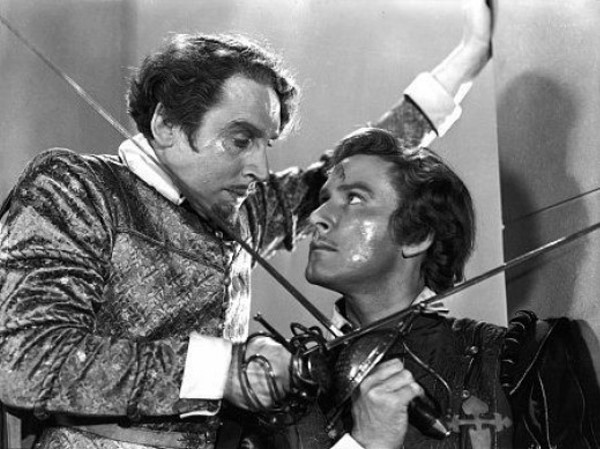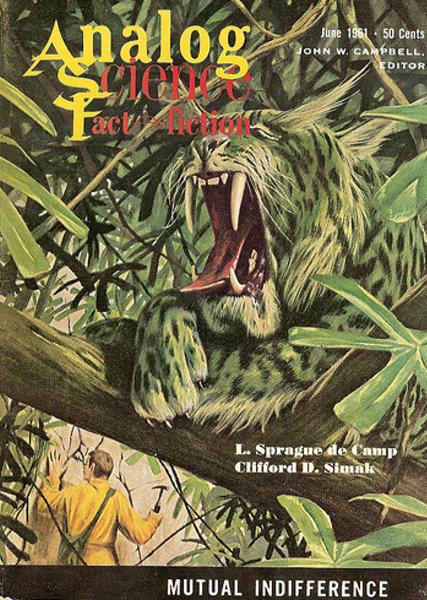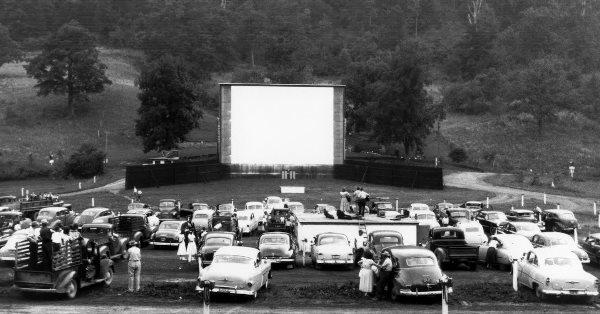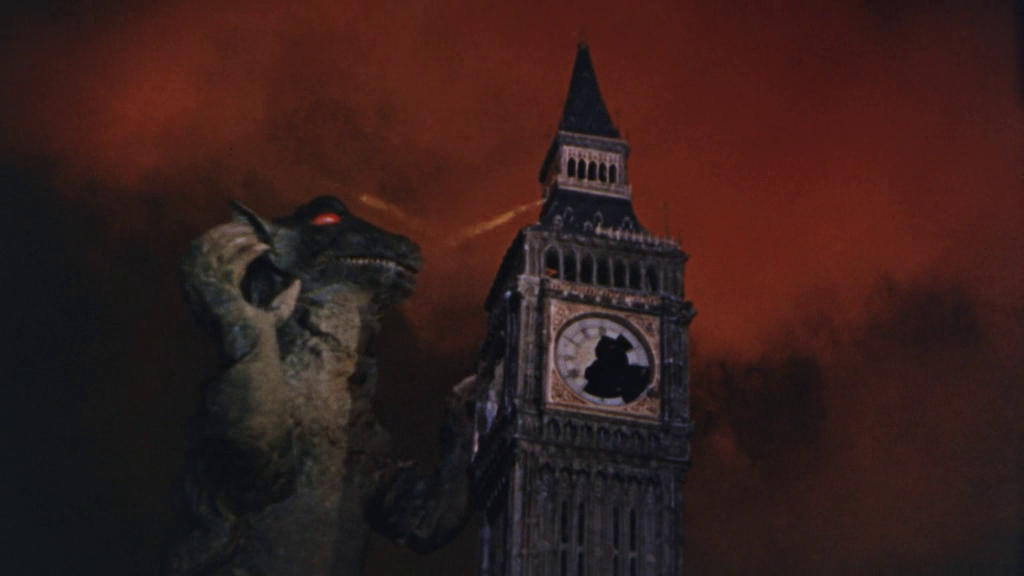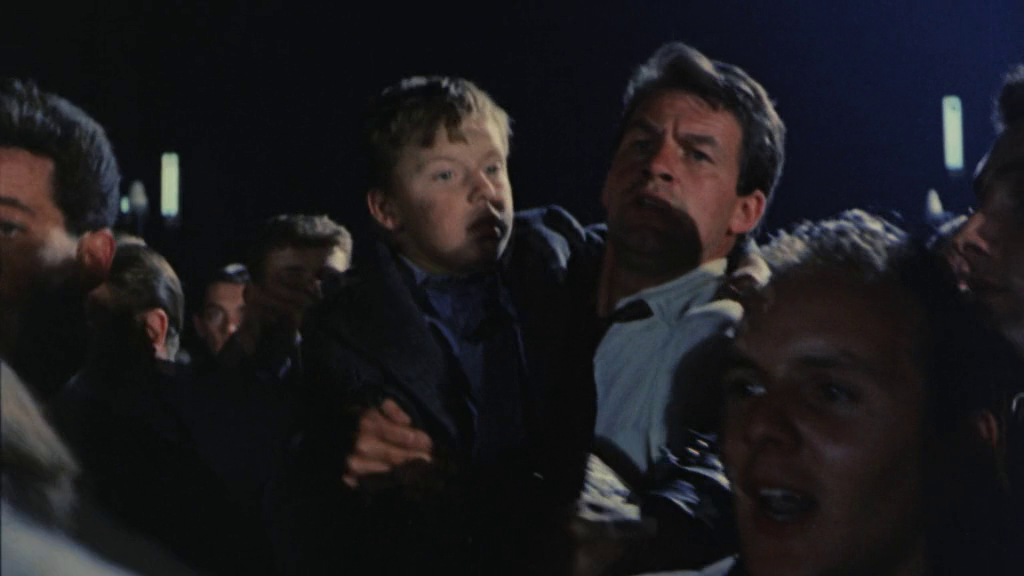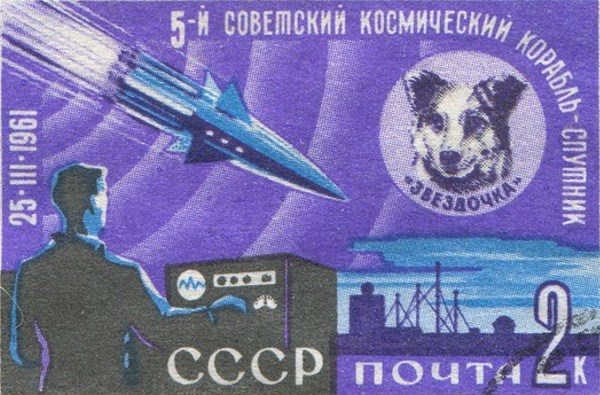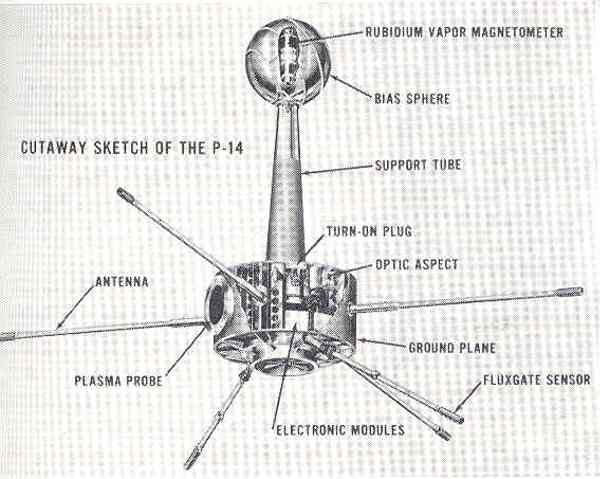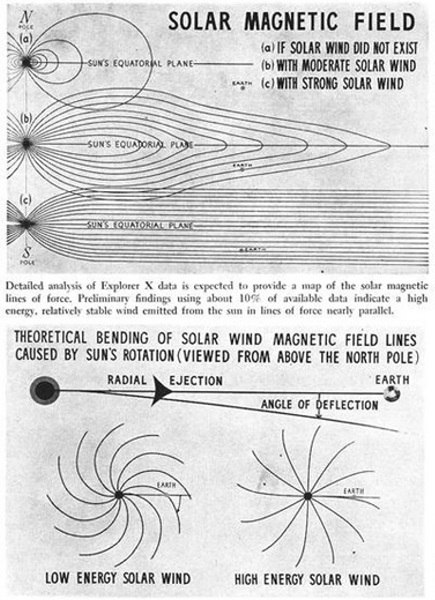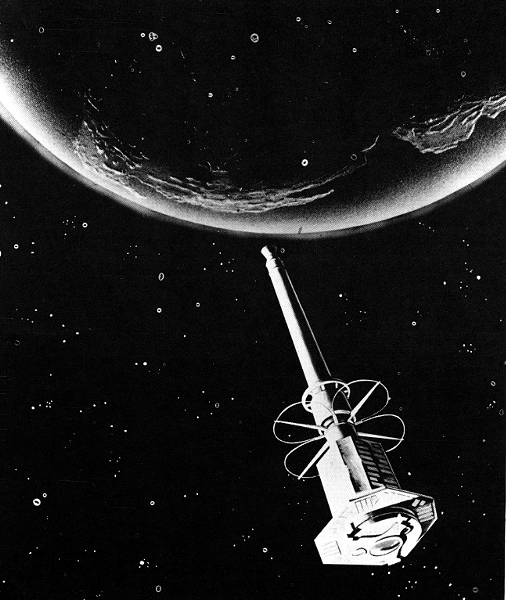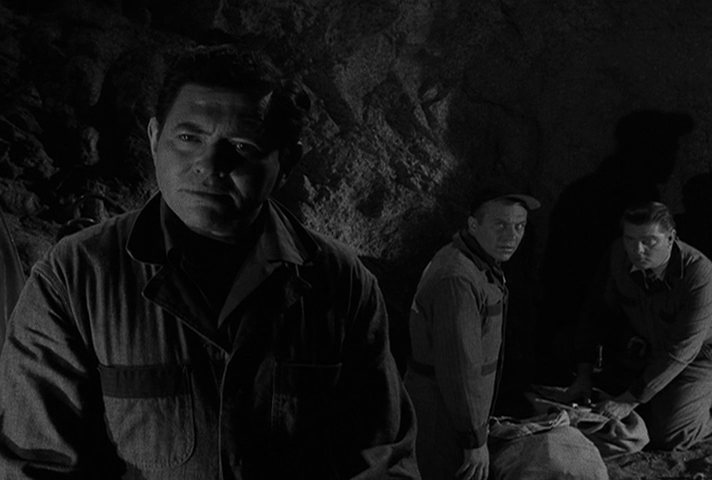Why read science fiction? To act as your headlights as you hurtle faster and faster down the but dimly visible road to the future. Reading through this month's Magazine of Science Fiction and Fantasy (June 1961), I found Dr. Isaac Asimov's article particularly thought-provoking. I'd like to get your thoughts.
It's called Four Steps to Salvation. The Good Doctor attributes the success of our species to a series of revolutions in communication. They are:

1) Speech. Some tens of thousands of years ago, humans developed the ability to communicate via verbal language. Before that, conveyance of art and technology was limited to imitation — monkey see, monkey do. The creation of sophisticated tools, the taming of fire, the evolution of artistic technique was impossible before we could talk to each other. After all, how sophisticated can a skill get when it must be reinvented from scratch every generation?
2) Writing. Per Asimov, oral tradition only has a lifetime of about four generations (the longevity of Homer's epics notwithstanding). Written language was the revolution that made civilization, literally the creation of cities, possible. So goes his contention, anyway. I'm not convinced that civilization sprang from writing; rather, I think writing was a technology made necessary by civilization. Nevertheless, there is no denying the wonders a set of representative squiggles called the alphabet allowed. Knowledge could now be stored indefinitely to the advantage and delight of engineers, musicians, and countless bureaucrats.
3) Printing. Everyone is familiar with the tragedy of the Alexandrian Library's burning. That was just one event of many — in fact, a comparative handful of classical works made it out of late antiquity owing to the paucity of books and the indifference toward their storage. When composing a codex involves weeks of painstaking work, particularly when literacy is at a premium, the distribution of written works is necessarily quite limited. This makes any single work vulnerable.
Gutenberg changed all that. Suddenly, books became commodities, available to everyone. Ideas could no longer be suppressed,. The ability to read spread and flourished. Scientific growth exploded now that everyone had access to everyone else's works. It is no exaggeration to say that books powered the Renaissance.

Fast-forward to today: 1961. I've heard that there is more information generated by our species in a single decade than was created in all the years of history prior. Not only is impossible for one person to know everything there is to know (the last time for that was around Dante's time in the early 14th Century), but in fact, it is impossible to know everything about just one discipline of science.
This is Asimov's concern: the current methods of communication are simply too slow and restricted to facilitate dissemination of all of humanity's knowledge. The whole system of science will eventually, he asserts, collapse under its own weight of data. Here we are on the verge of a whole new age of invention and we are in risk of losing it all for our inability to build upon it. What's required is a new, fourth revolution in communication.
And he doesn't know what it is.
'Is telepathy the answer?' Asimov wonders aloud (knowing full-well that there's no such thing, at least not naturally). He suggests microfilm and punch cards but then quickly dismisses them as insufficient solutions. He then, almost plaintively, turns the question over to his readers. That's how I got involved.
I'm an optimist. I believe the human race will always fox its way out of a pickle no matter how daunting. As for this puzzle, I can't say I have a concrete answer either, although the very phrase "fast-forward,," a newish term referring to the practice of speeding ahead on a magnetic tape medium, suggests a potential course.

These days, it is true that computers get much of their input from punch cards, little pieces of cardstock with holes in them that represent the digital alphabet understood by machines. But they also can read tape now, dramatically increasing their storage capacity. One wonders if there might be some kind of ultimate computer some day, an OMNIVAC with terminals in every home, such that we can all access the sum of human knowledge, stored on tape, with the press of a few keys? Throw in those visiphones that have been a staple of science fiction since Dick Tracy, a few of those Arthur C. Clarke communications satellites to facilitate cross-ocean broadcast, and WHAMMO! You've got yourself a global knowledge network, up to the task of keeping all of humanity in touch and up to date.
That's just one solution, of course, and the fact that no one seems to be talking about it suggests it's unfeasible. On the other hand, they say that technological advance is the result of taking tools that already exist and putting them together in a new way. One way or another, I think we're on the verge of that fourth revolution.
What do you think?

